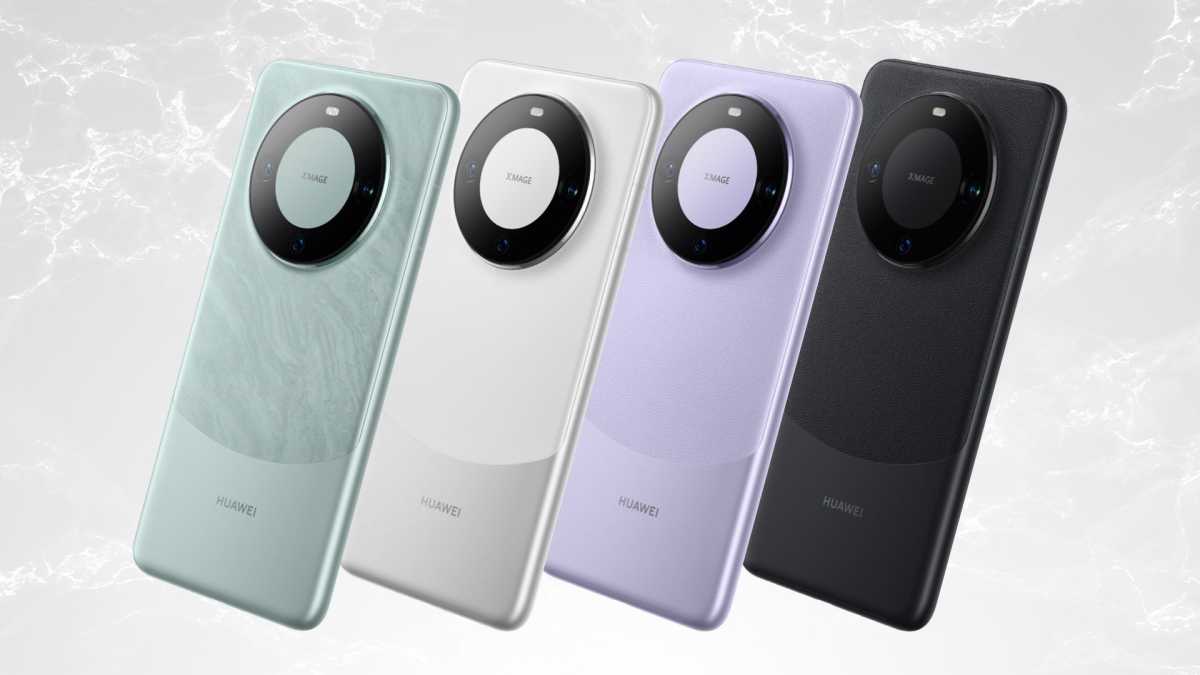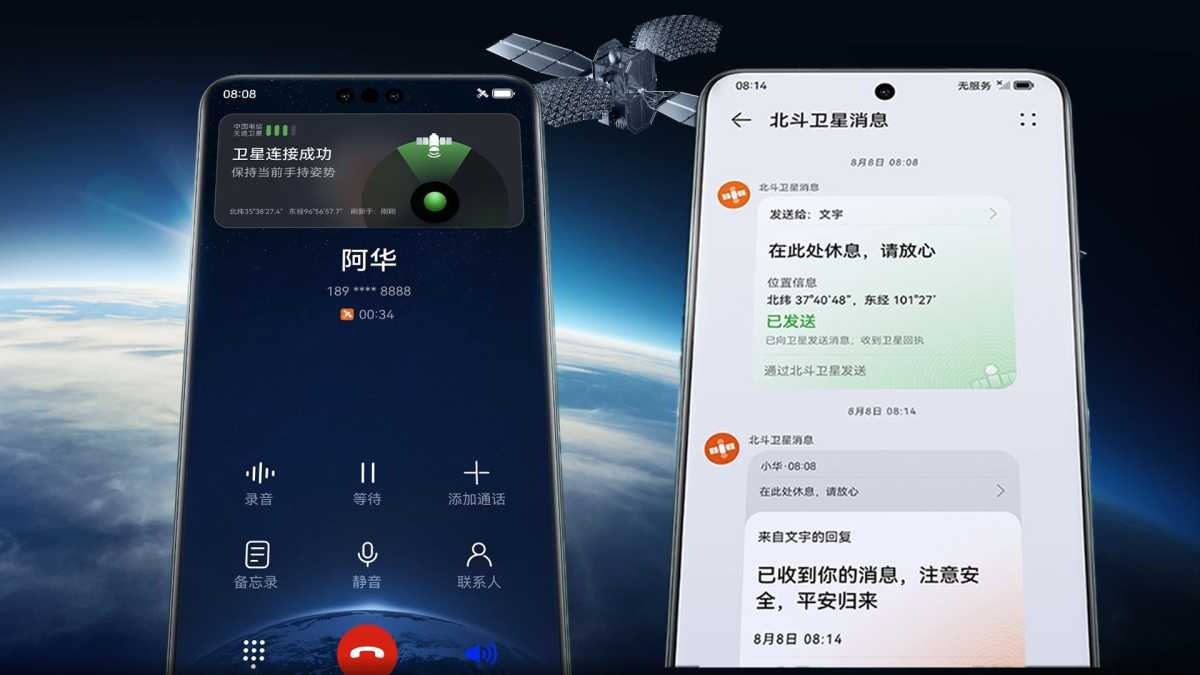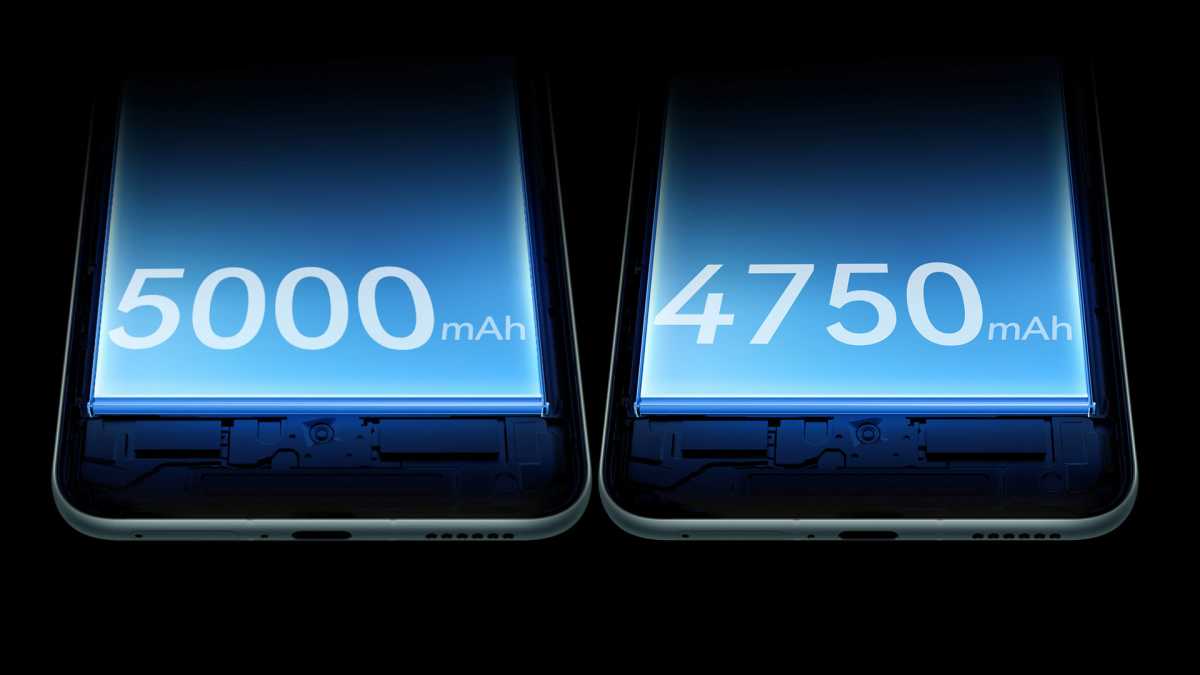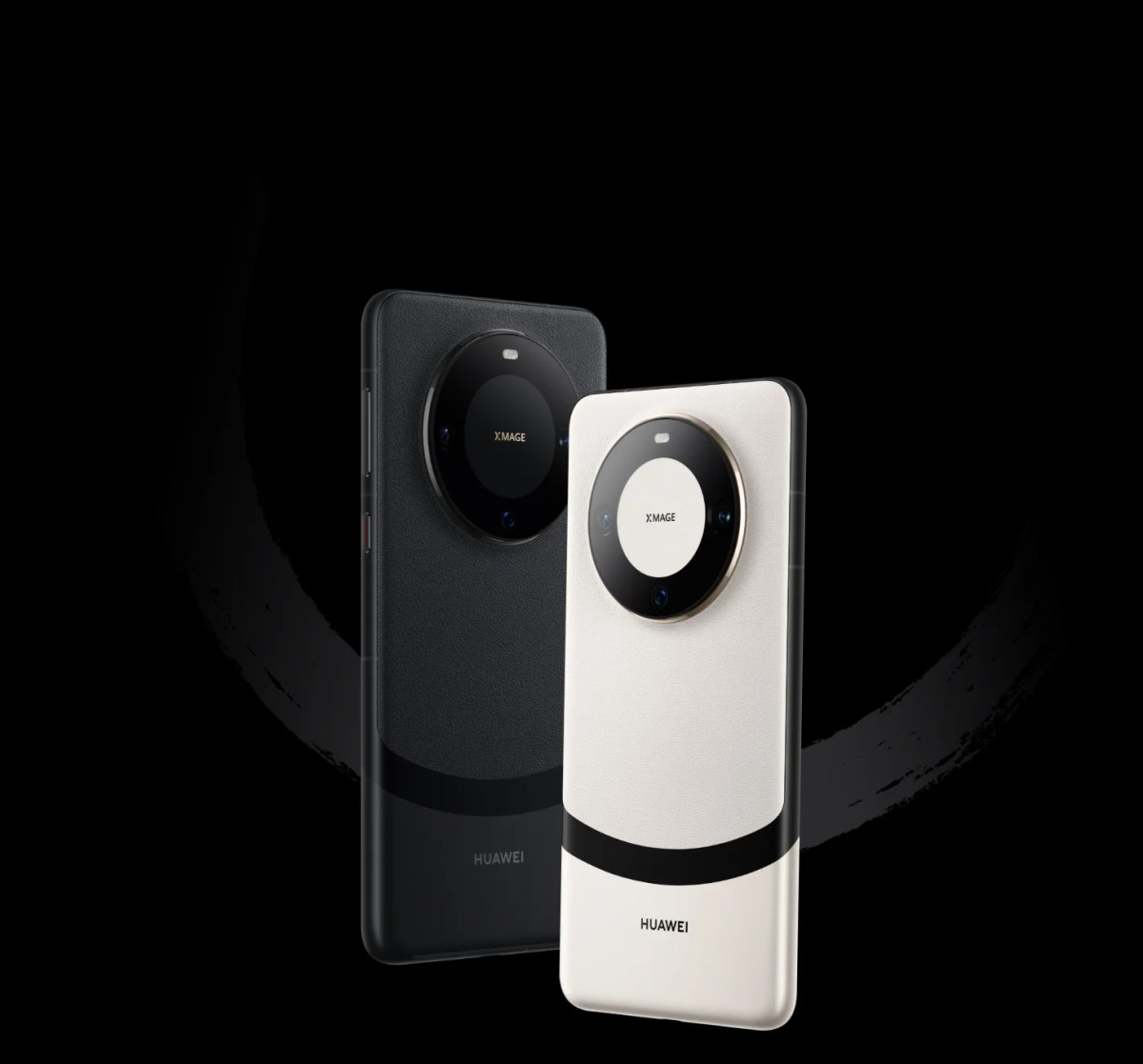Huawei took the world by storm with its Mate 60 series phones. Against all odds – the embargoes, the international bans – the company did something few were expecting. It released a phone with an in-house chip that finally enables 5G support.
These three phones are a huge success in China, and finally reintroduce a slew of features that were absent from Huawei phones for years now. Here’s everything you need to know about them.
Will the Huawei Mate 60 series be released outside China?
Huawei Mate 60 and Mate 60 Pro were announced on 29 August 2023 as a bit of a surprise, because all the previous leaks suggested September as the potential month of the phone’s release.
The phones were then released on 17 September in China. In recent years, most Huawei flagships haven’t been available internationally, and that looks to be the same for the Mate 60.
A Huawei spokesperson told Android Authority that the company does not intend to bring Mate 60 Pro to international markets. There’s still be hope for a regular Mate 60, but this also seems highly unlikely.
On 9 September 2023, Huawei also introduced a new top-end flagship – the Mate 60 Pro Plus. It delivers even more than the Pro version, with a few boosted specs. However, just like its siblings, we’re not expecting an international release.
How much does the Huawei Mate 60 series cost?
Huawei Mate 60 series are flagship phones, which – as you’d expect – come with flagship prices.
In China, Mate 60 Pro costs ¥6999 (~$970/£760) for a model with 512GB of internal storage.
The regular Mate 60 is a bit cheaper, with prices starting at ¥5999 (~$827/£650).
As we do not expect these phones to be sold outside China, there is no official information on their prices in other currencies
It’ll come as no surprise that the Mate 60 Pro Plus, is the most expensive. According to Huawei’s vmall site, the 512GB model costs ¥8999 ($1250/£1030) while 1TB will set you back ¥9999 ($1388/£1144).
What specs and features does the Huawei Mate 60 series have?
Let’s start with the most important and interesting development concerning Huawei Mate 60 series – the SoC, which will be shared between both models.
It appears that, after years of being unable to include 5G in its phones due to the ongoing US embargo, the Chinese manufacturer finally found a way around that via its own chip, the Kirin 9000S. However, these are only rumours, as Huawei rather strangely does not list the SoC or the network compatibility of these new phones anywhere.
The new chip is supposedly an in-house design with four Cortex-A78 cores and four Cortex-A510 cores and Maleoon 910 GPU. There is no definitive proof that the chip is capable of handling 5G networking yet, but if it does, that might be the reason why these devices will not be going on sale outside China.

Huawei
Once again, cameras are a priority for the Mate 60 Pro. The main sensor has a variable aperture (f/1.4 to f/4.0) for better control of lighting and bokeh, which is combined with a 50Mp resolution. It also includes a 48-Mp telephoto with a macro mode, as well as a 12Mp ultrawide.
The front of the device is also interesting, as Huawei went with a rather odd-looking triple cut-out. One of these houses a 13Mp front camera, and the other two are responsible for a 3D face-scanning technology, which should help improve the reliability and security of face unlock.

Huawei
Cameras for the regular Mate 60 are slightly different. It also received the same 50Mp main sensor with variable aperture, as well as a 12Mp ultrawide, but the telephoto is different – it’s a 12Mp periscope lens. The front also looks different, as Huawei has used a standard, singular cut-out with a 13Mp camera, so no advanced face unlock sensors.
There is one more ace up Huawei’s sleeve: satellite connectivity. What’s more, as the rest of the competition supports only satellite messaging, Huawei went a bit further and also enabled satellite calling. The feature is present on both models, but so far only one carrier is supported – China Telecom.

Huawei
The Mate 60 Pro is also quite a large phone. It sports a 6.82-inch LTPO OLED display with a 1-120 Hz variable refresh rate and a resolution of 2720 x 1260 pixels. It’s also equipped with 12GB of RAM and 256GB, 512GB or 1TB of internal storage, which can be expanded with its proprietary NM card. You can also expect a 5000mAh battery, 88W wired charging and 50W wireless charging.
At 6.69, the Mate 60 has a slightly smaller display. It uses the same LTPO OLED technology with a 1-120 Hz refresh rate and a similar resolution of 2688 x 1216 pixels. You can also expect the battery to be a bit smaller – its rated capacity is set to 4750mAh. The Mate 60 advertises 66W wired and 50W wireless charging, with both models supporting reverse charging as well.

Huawei
Both of these phones come with an IP68 water-resistance rating, as well as Kunlun glass protecting the screen from scratches. In China, the Mate 60 and 60 Pro are available in white, green, purple and black, the same as Mate 60.
These are undoubtedly some of the more interesting flagship smartphones this year, especially because of the chipset situation. However, they still run Huawei’s own Harmony OS – not Android – but as the devices almost certainly will not be available outside China so the lack of Google services is rather moot.
What are the specs of Huawei Mate 60 Pro Plus?
The newest Huawei’s flagship, the Mate 60 Pro Plus, takes what’s best from the Mate 60 Pro and improves on it in some key areas.
Outside, the Pro Plus looks identical to its Pro cousin, with the same size display and same front camera cut-out. However, the display does differ in its resolution. Even though it’s still a 6.82-inch LTPO OLED panel, it has a sharper 2720 x 1260 pixel resolution for even more detail, which equates to 440 PPI (compared to 423 PPI on the Pro).

Huawei
However, the Pro Plus version still has the Kirin 9000S processor from Huawei, as well as the same 5000mAh battery/. You should expect its battery life to be a bit shorter, just because of the higher resolution of the screen.
What’s more, the new phone only comes in two configurations. They both offer 16GB of RAM, but a choice between 512GB or 1TB of internal storage, expandable via a proprietary NM card.
There are also some changes to the cameras. At the back, the telephoto sensor is the same 48MP one, but the rest is completely different to Mate 60 Pro. The Pro Plus is equipped with a 48Mp primary lens with a 10-step adjustable aperture. What’s more, there’s also a new, 40MP ultrawide sensor.
While it’s still possible to import one, the Mate 60 series is likely to rival the best Android phones for most people.
